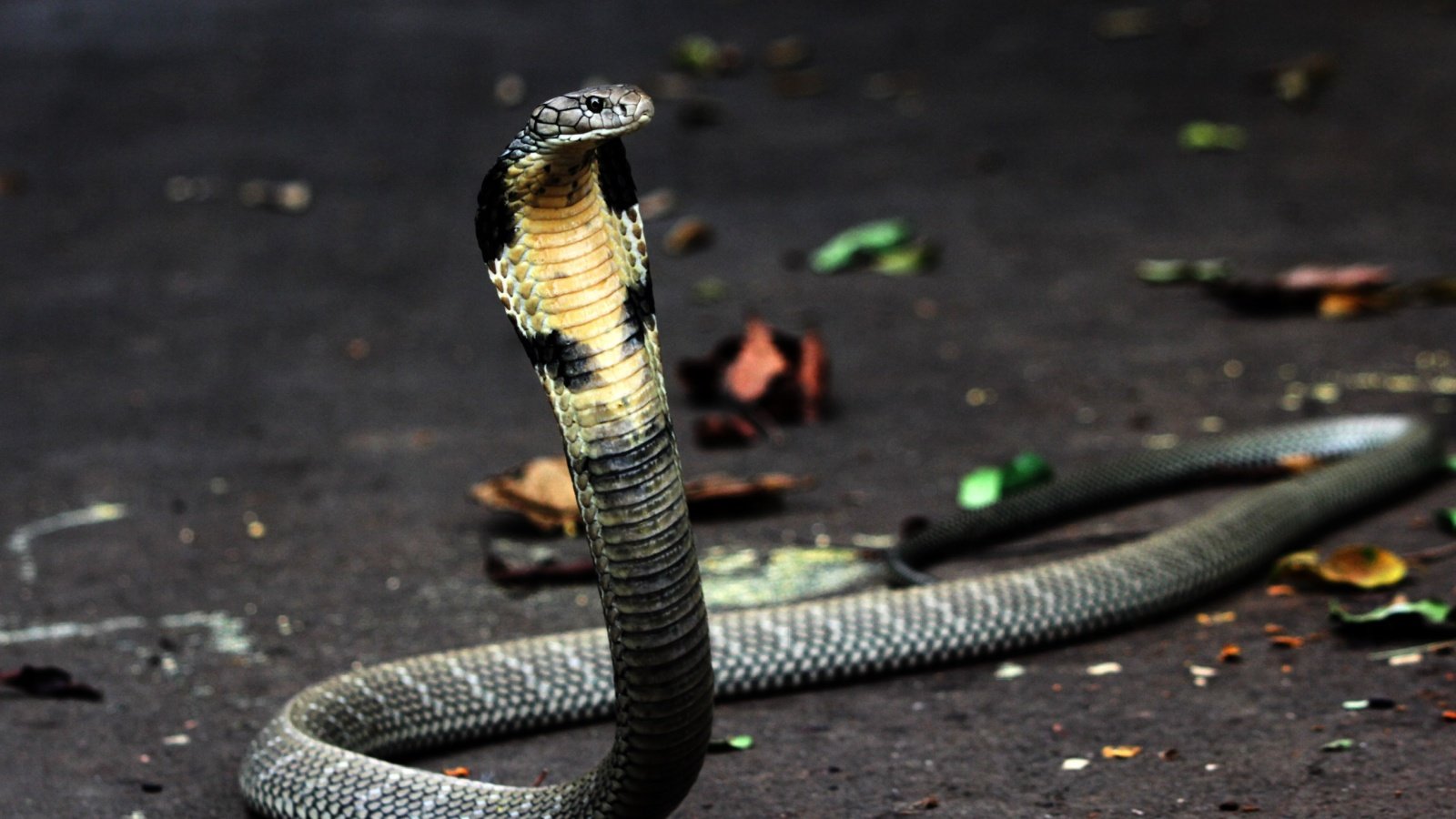Africa is full of a diverse array of predatory species that adapt to thriving in the continent’s varied ecosystems.
These predators are masters of their domains. They play a critical role in maintaining ecological balance, controlling population numbers of other species, and removing the sick and weak. Understanding the behaviors and habitats of Africa’s most dangerous predators provides a window into the nature of survival on this diverse continent.
Lion
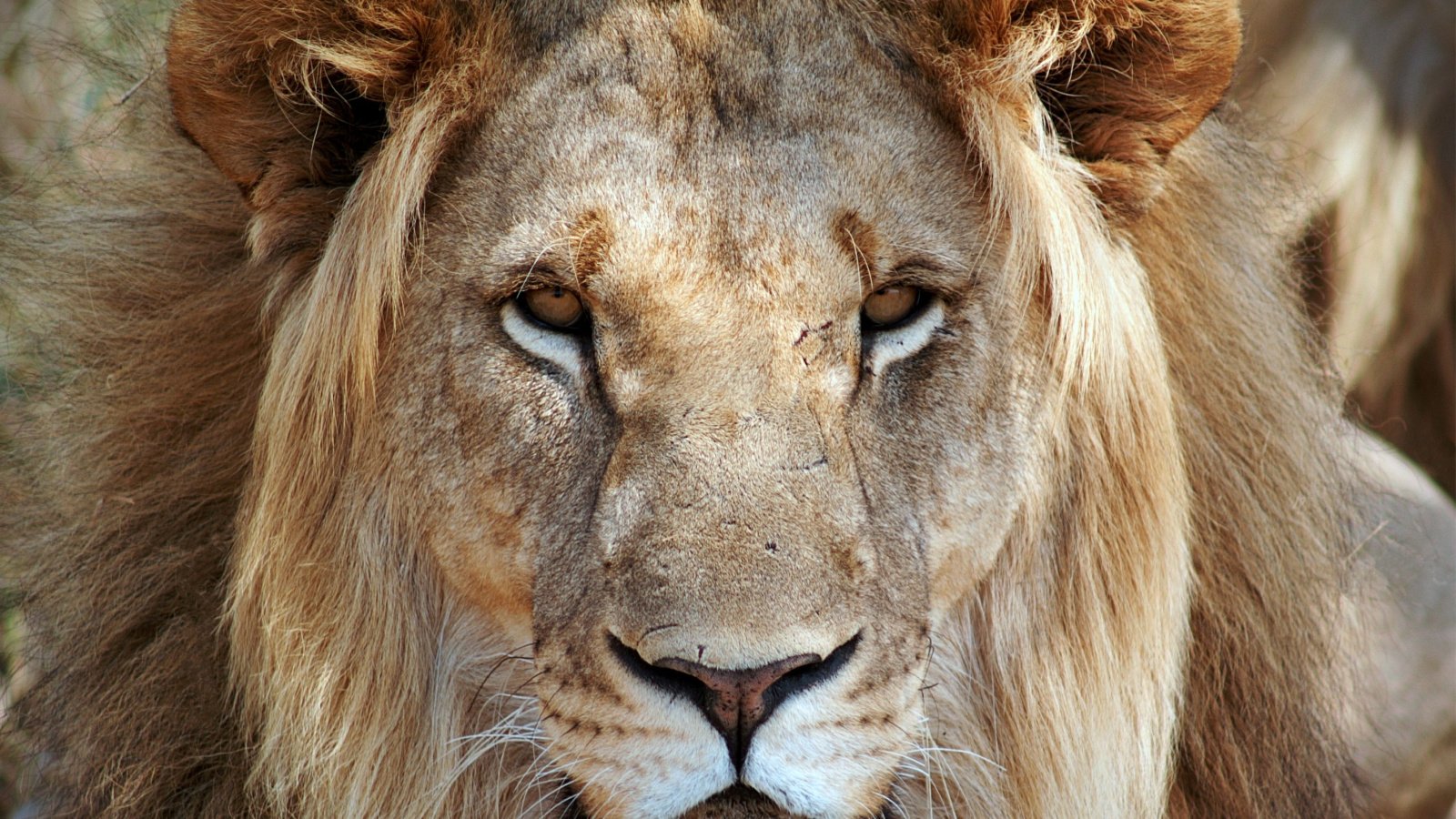
Known as the “King of the Jungle,” lions are formidable predators found primarily in Africa’s savannas and grasslands. They operate in pride, utilizing complex hunting strategies to catch prey such as zebras and wildebeests. The lion’s role as a top predator is crucial for maintaining the balance of ecosystems by controlling herbivore populations.
Nile Crocodile
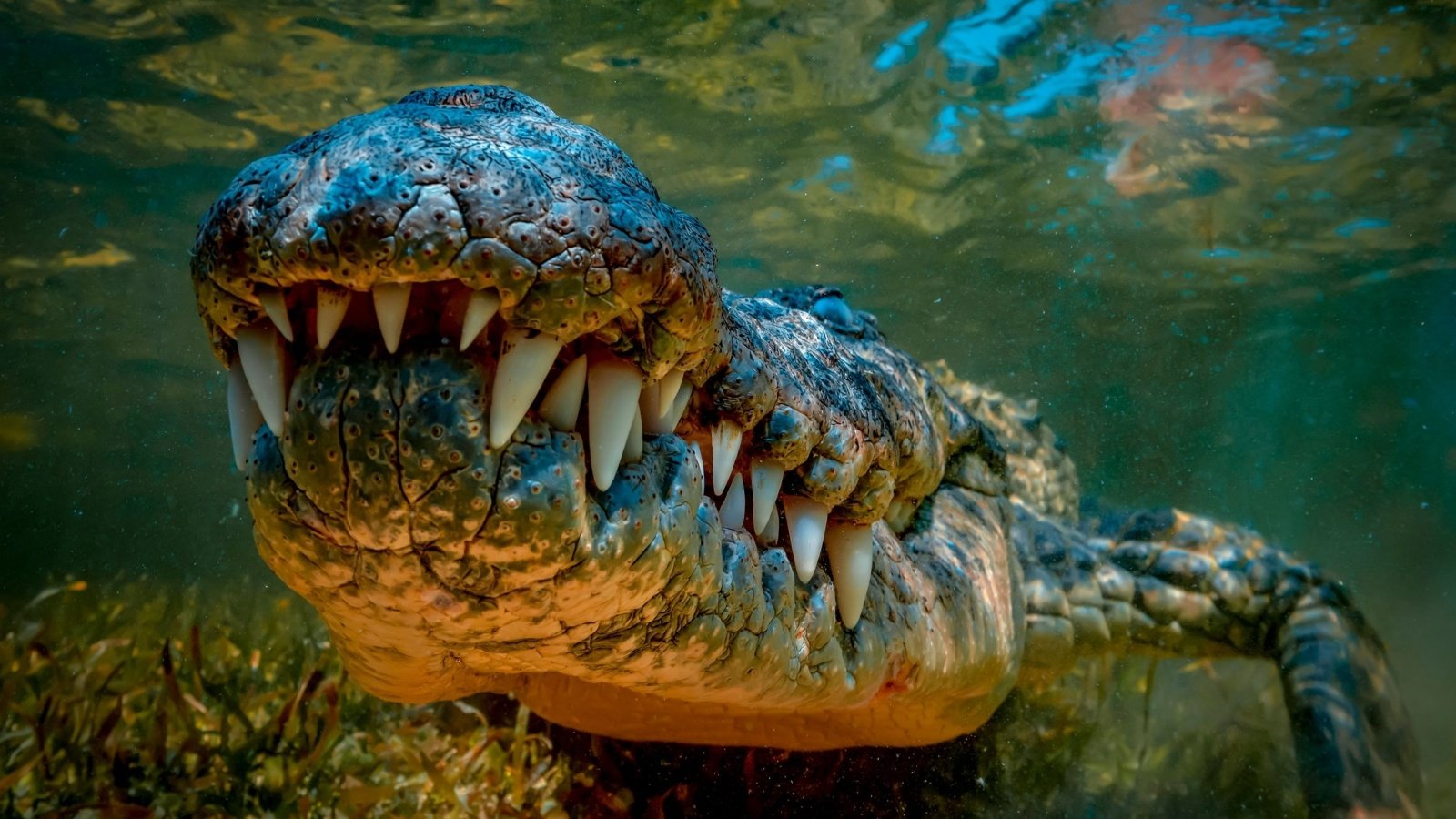
The Nile crocodile is one of the most dangerous and aggressive predators in Africa, known for its incredible strength and power.
These reptiles can grow up to 20 feet in length and weigh as much as a small car, using their massive jaws to crush and drown their prey. Nile crocodiles are opportunistic hunters known to take down everything from fish to large mammals, including occasionally humans.
African Elephant
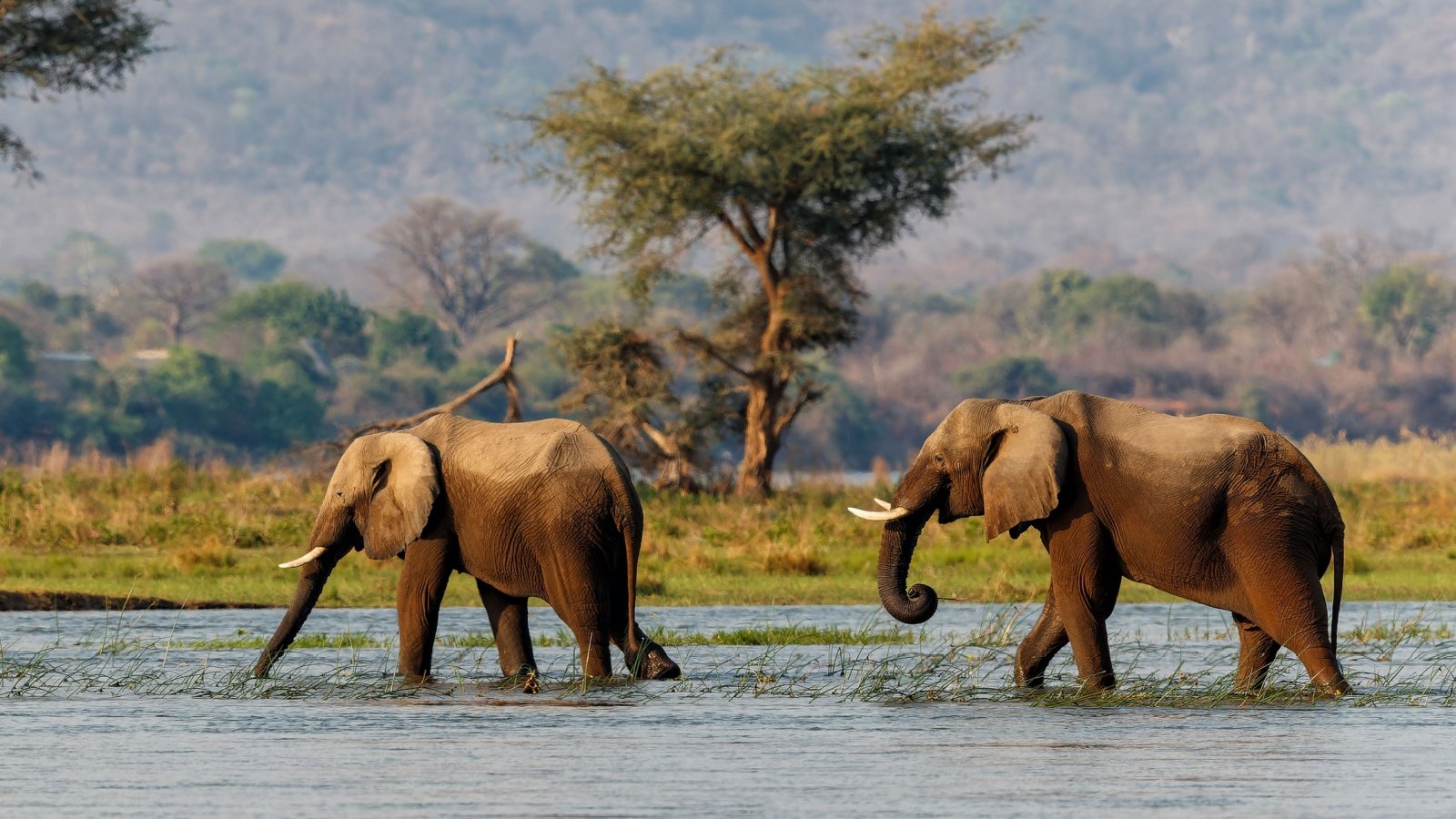
While typically peaceful if left undisturbed, African elephants can become one of the continent’s most dangerous animals when provoked. These massive mammals, the largest land animals on earth, can be fiercely protective of their young and will charge if they feel threatened. Their incredible strength and size make them capable of crushing any perceived threat.
Cape Buffalo

Dubbed “The Black Death” by hunters, the Cape buffalo is notorious for its aggressive behavior and tendency to charge with lethal force. These large bovines are incredibly resilient and can fend off attacks from lions with their thick hides and sharp horns. Cape buffaloes are responsible for more hunter deaths on the continent than any other large animal.
Leopard
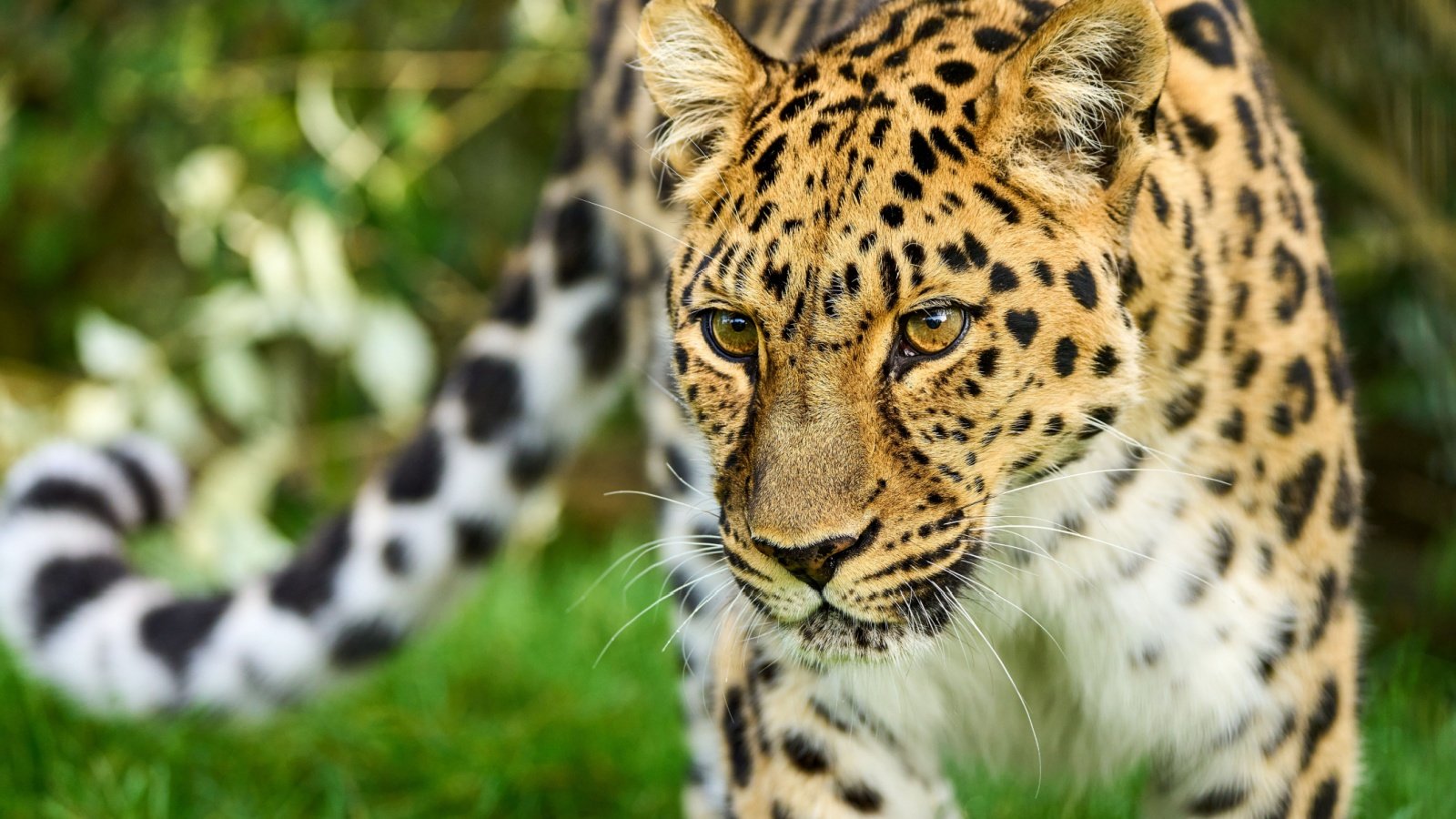
Leopards are stealthy predators known for their ability to go undetected before launching sudden attacks. They are versatile hunters who adapt to various environments, from savanna to forest, and their diet includes anything from insects to medium-sized ungulates. The strength of leopards allows them to carry prey up to three times their weight into trees, avoiding scavengers.
Black Mamba
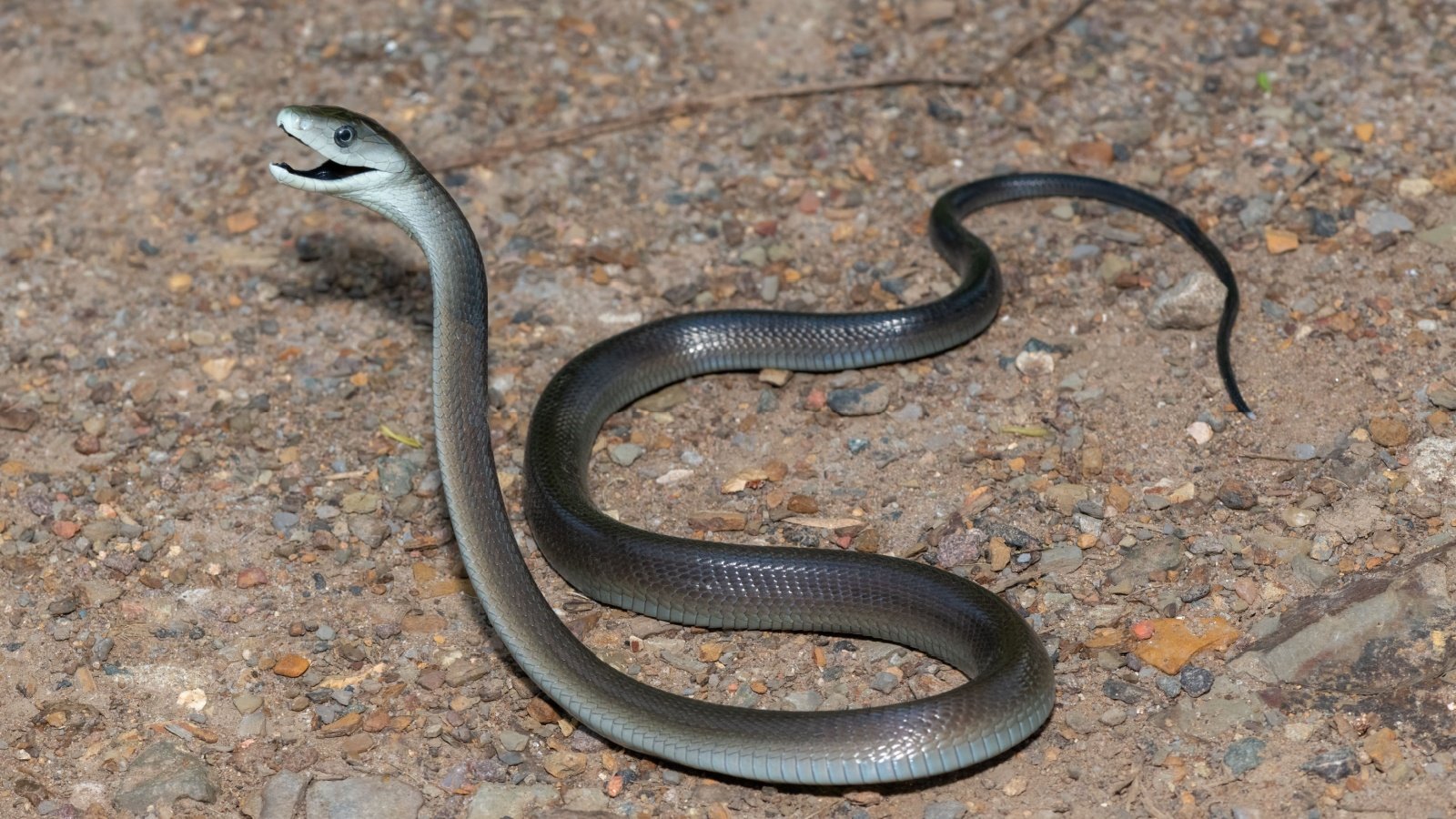
The black mamba is feared throughout Africa for its speed, aggression, and highly toxic venom. This snake can strike with incredible precision and delivers enough neurotoxin in a single bite to kill several adult humans. Despite its name, the black mamba is actually olive to grey in color, with a dark, inky mouth, which it displays in defense.
Hippopotamus
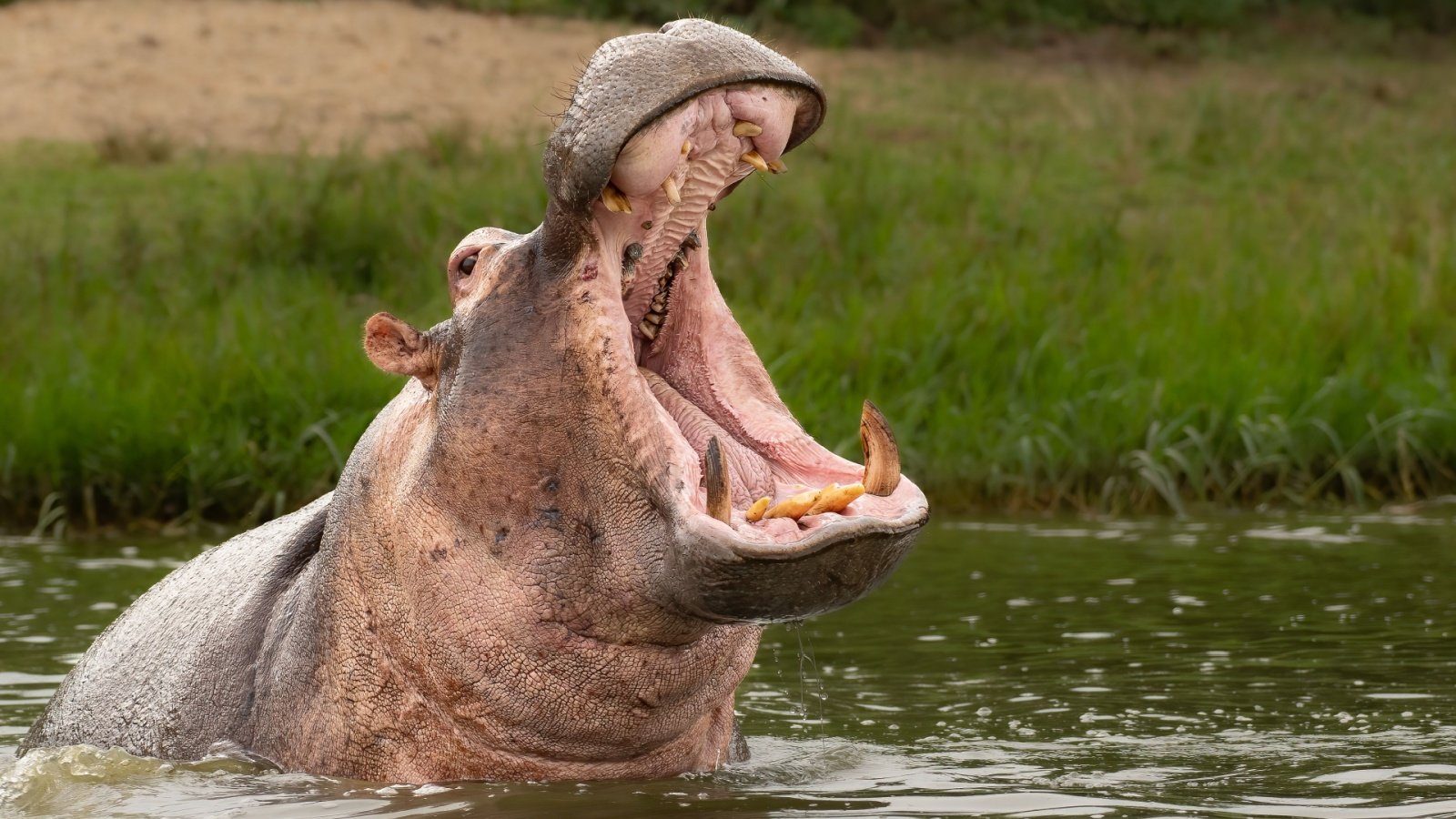
Despite their docile appearance, hippos are regarded as one of the most dangerous animals in Africa. They are highly territorial and aggressive, especially if they feel threatened while in the water. Hippos can run at speeds of up to 30 km/h on land, and their large tusks are capable of splitting boats and slicing through predators.
African Wild Dog
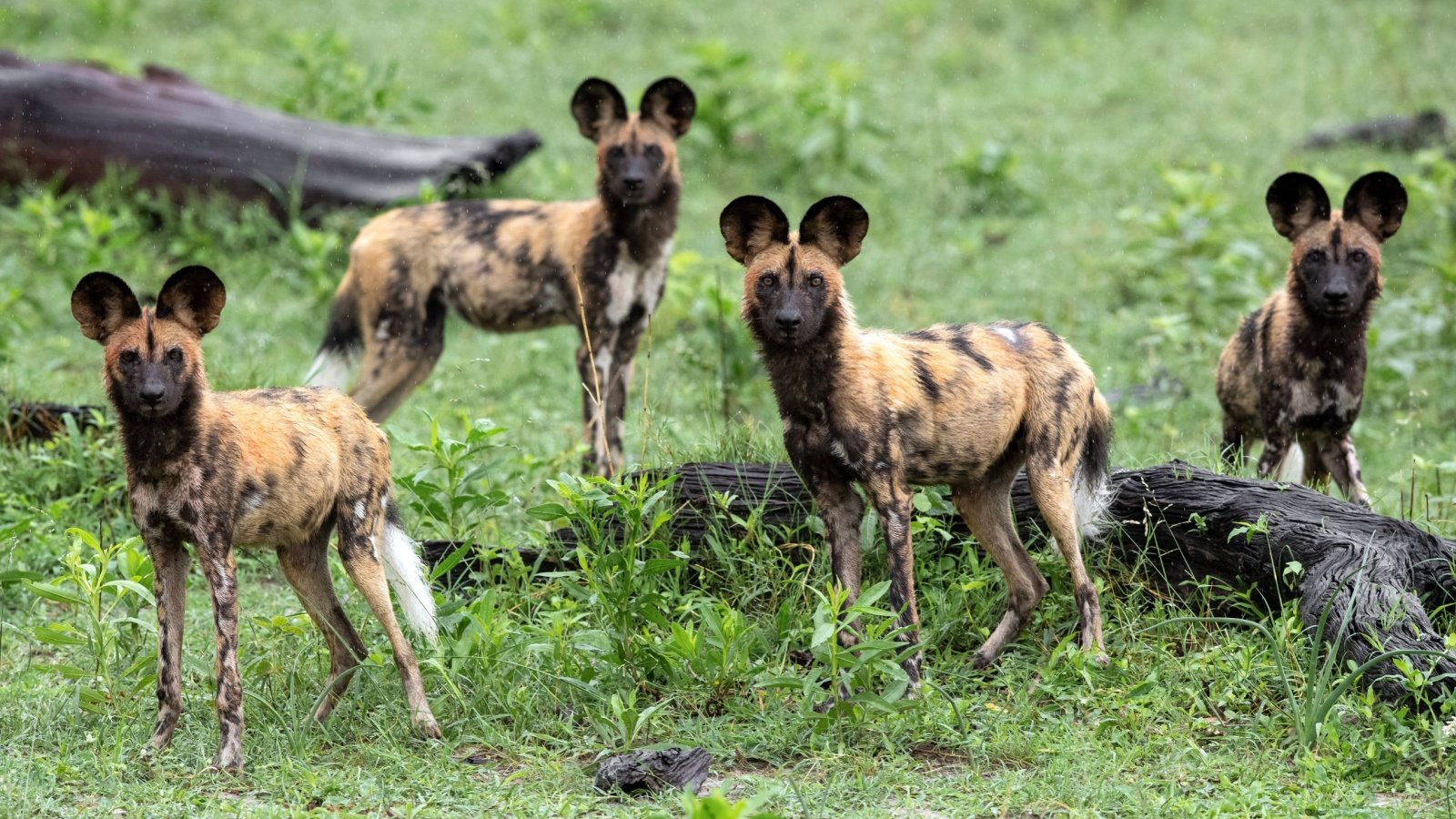
African wild dogs, also known as painted wolves, are efficient pack hunters known for their endurance and cooperative hunting tactics. They chase their prey over long distances at moderate speeds until the target becomes exhausted. Despite their smaller size compared to Africa’s big cats, wild dogs have one of the highest hunting success rates of any carnivore.
Spotted Hyena
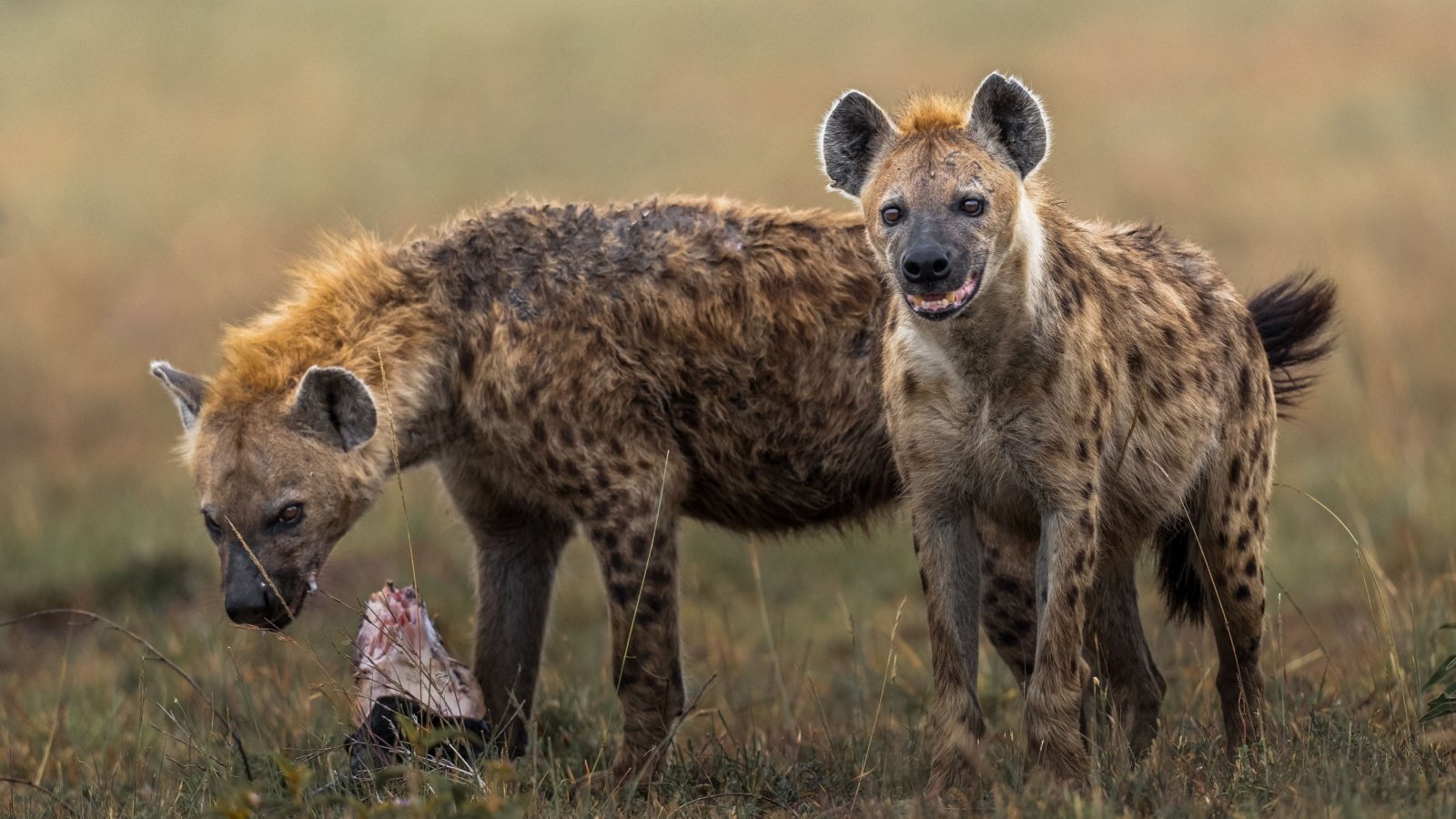
Often misunderstood, spotted hyenas are not just scavengers but powerful predators in their own right. They can digest parts of prey that are inedible to many others, including bones, by using their incredibly strong jaws. Hyenas are also known for their complex social structures and can take down prey as large as wildebeest when hunting in groups.
Cheetah

Cheetahs are renowned for being the fastest land animals, capable of speeds up to 60 mph in short bursts covering distances up to 1,500 feet. They use their incredible speed to outrun prey before making a kill. While cheetahs are less aggressive towards humans, their methods of hunting and speed make them formidable predators.
Rhinoceros
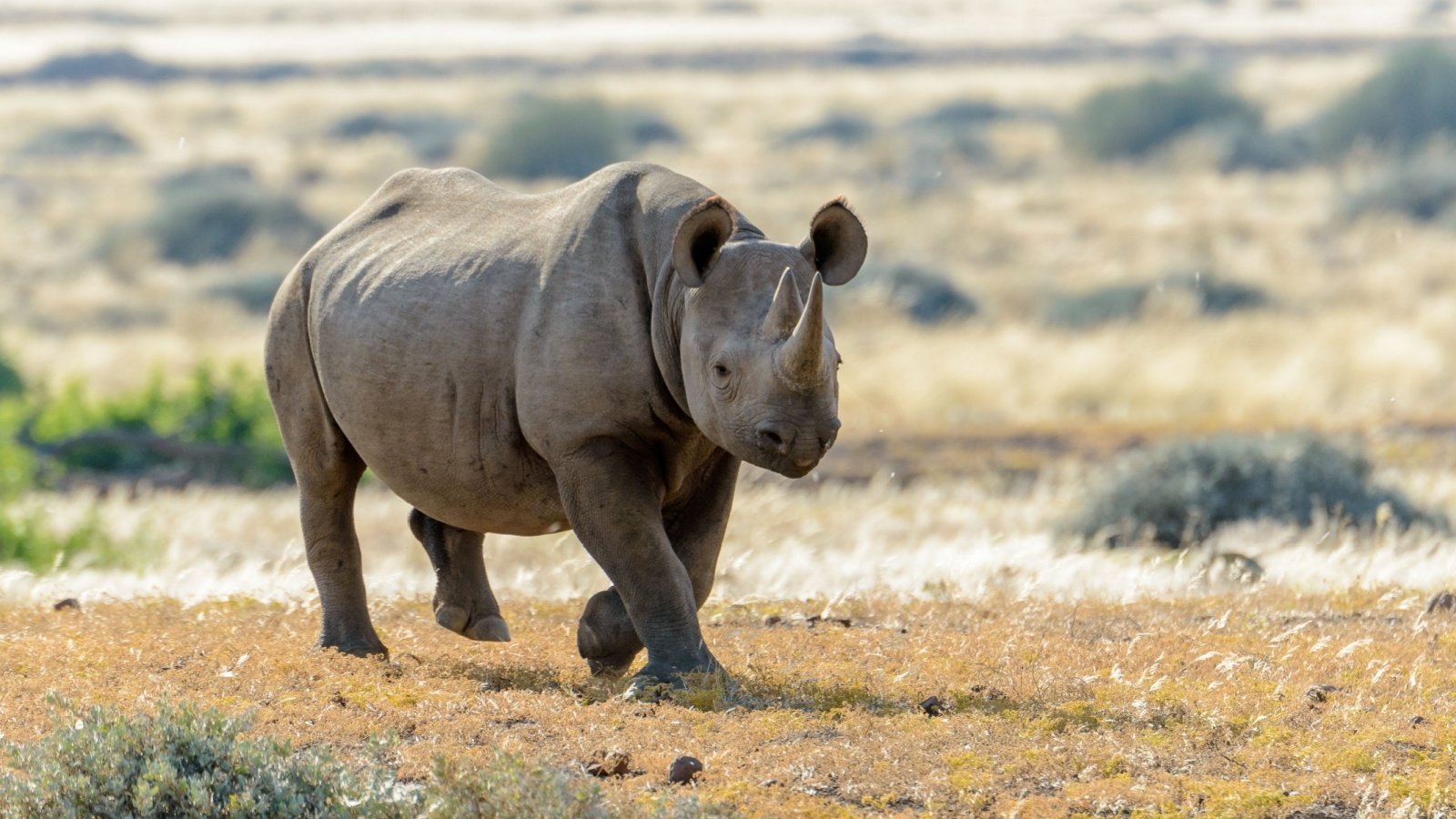
Though primarily herbivores, rhinoceroses can be extremely aggressive and dangerous, particularly when they feel threatened. Their thick skin and large horns make them capable of defending against most predators, including humans. Rhinos charge with great speed and power, which can be fatal to any creature in their path.
Serval

The serval, a medium-sized African cat, is known for its ability to leap high into the air to catch birds in flight. It uses its long legs and acute hearing to detect and hunt rodents and other small animals. While not typically dangerous to humans, its skills make the serval a formidable predator in its environment.
Secretary Bird
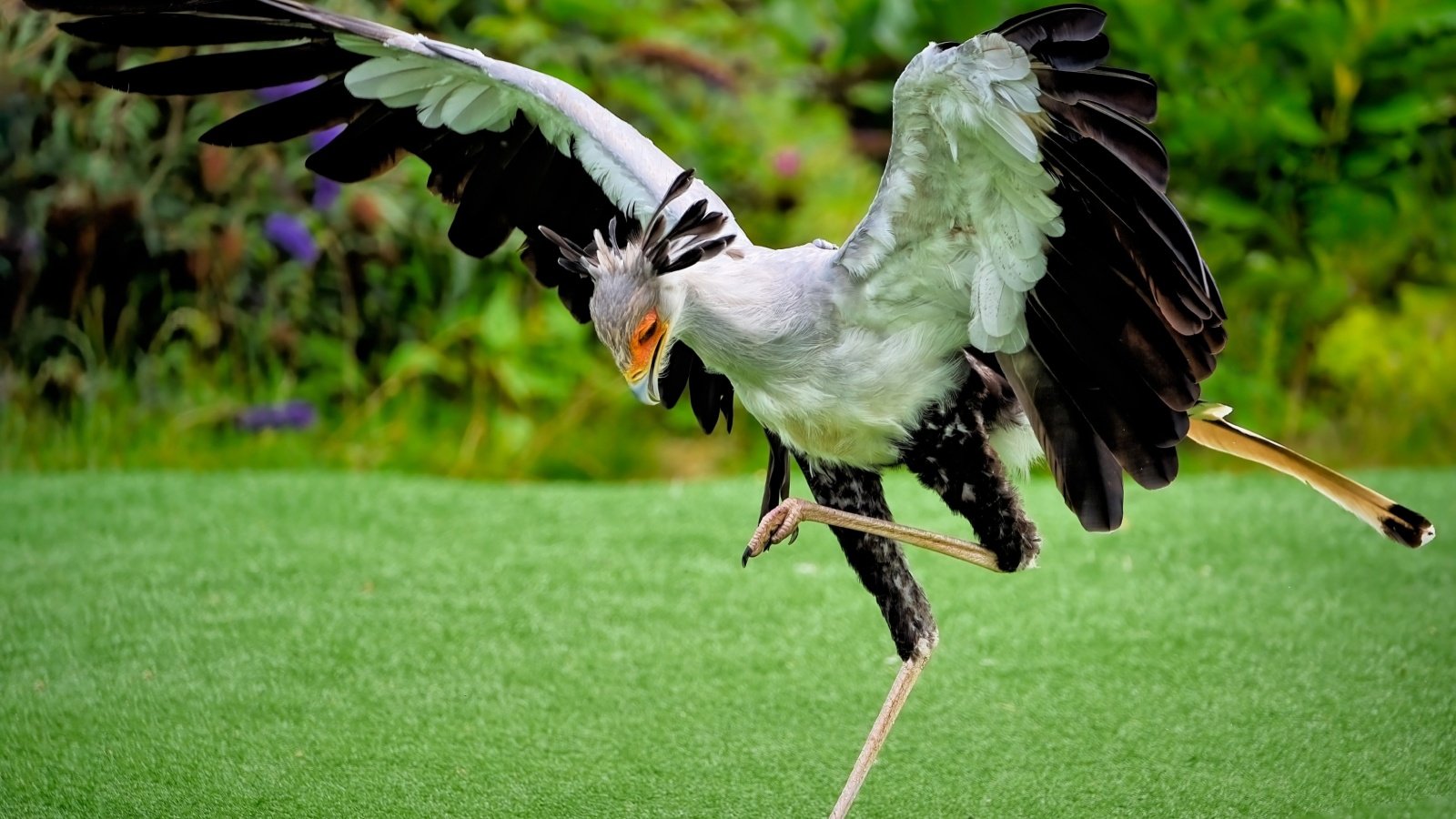
The secretary bird is unique among raptors for hunting on foot, using its long legs to stomp on snakes and small mammals. This bird of prey specializes in killing venomous snakes, making it a valuable ally in farming areas. Its striking appearance and hunting technique make it a fascinating predator of the African plains.
Bat-Eared Fox

This small fox uses its oversized ears to locate insects and small vertebrates in the African savanna. Its diet primarily consists of termites, which it digs out of their mounds with its sharp claws. The bat-eared fox’s hunting technique showcases another form of predation that, while less dramatic, is vital for the ecosystem balance.
Mongoose

Mongoose are renowned for their ability to fight and kill venomous snakes, including cobras. Their agility and thick coats that resist snake venom make them well-suited for this dangerous task. Mongeese also hunt rodents and insects, playing a critical role in controlling pests in their habitats.
Ratel or Honey Badger

The honey badger, or ratel, is known for its fearless nature and resilience. It preys on a variety of animals, including venomous snakes, and is notorious for its ability to raid beehives for honey. The ratel’s robust physique and ferocious defensive behavior make it a small but dangerous predator.
Porcupine

While primarily herbivorous, the African porcupine is equipped with long, sharp quills that it uses to defend against predators. These quills can cause serious injury to any animal that tries to attack it, including humans. Though not predatory, its defensive capabilities are a form of passive aggression that can be lethal.
Bateleur Eagle

This medium-sized eagle is a formidable predator, often seen soaring over the savannas and open plains of Africa in search of prey. Its acute vision allows it to spot small mammals and birds from high in the sky. Once a target is spotted, the bateleur dives dramatically to capture or kill its prey with precision.
Crocodile Monitor
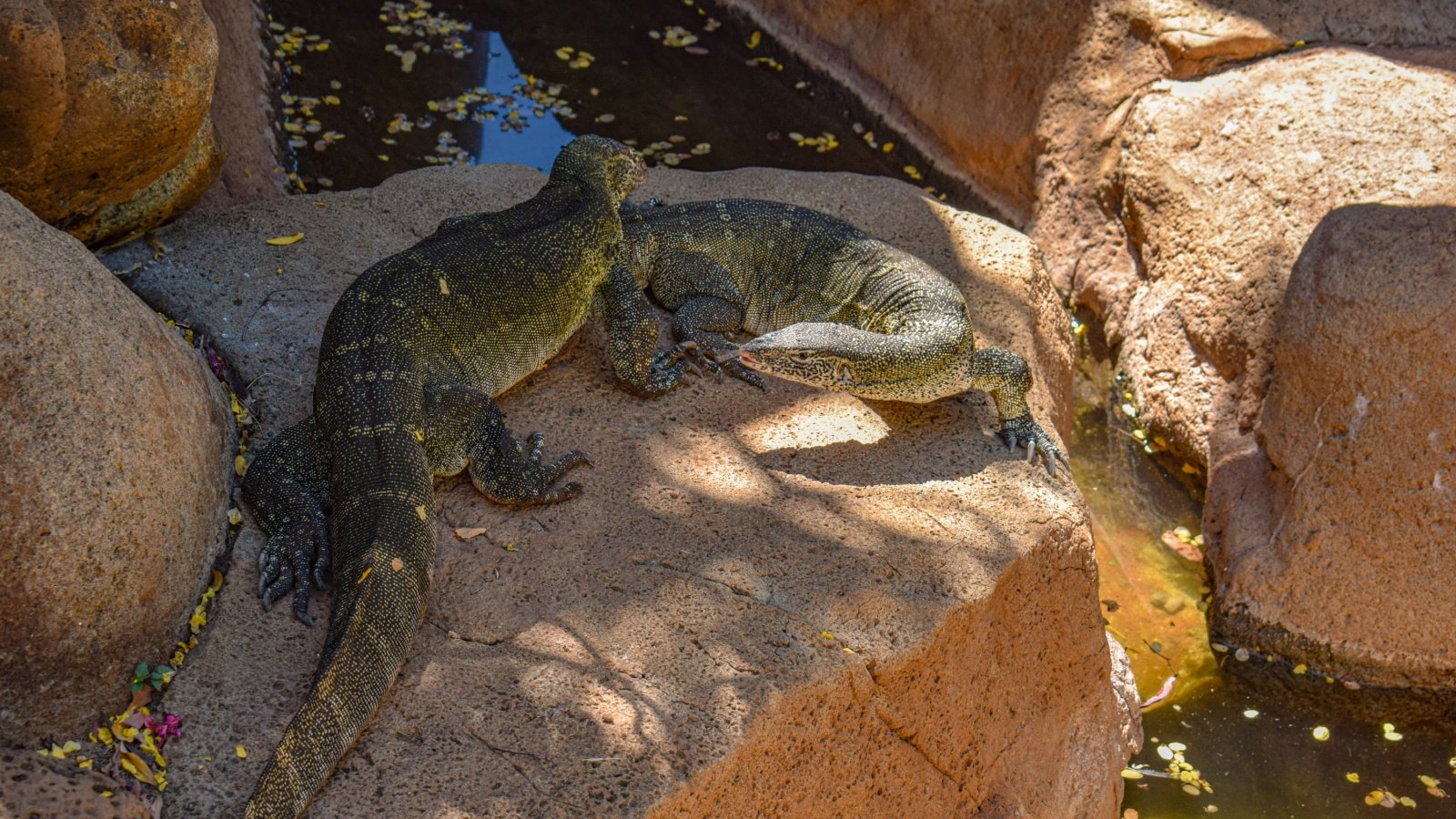
Found in the rainforests of Africa, the crocodile monitor can reach lengths of up to ten feet, making it one of the largest lizards in Africa. It uses its strong tail, claws, and teeth to hunt a variety of prey, from birds and eggs to smaller mammals. Its arboreal nature and powerful physique allow it to be one of the top predatory reptiles in its environment.
Vervet Monkey

Though mostly herbivorous, vervet monkeys can become predatory when the opportunity arises. They have been known to eat birds’ eggs and small vertebrates. Their intelligence and adaptability allow them to use whatever food sources are available, showcasing a flexible approach to survival.
African Rock Python

Africa’s largest snake, the African rock python preys on a variety of animals, including occasionally large ones like antelopes. This constrictor uses its immense strength to suffocate prey before swallowing it whole. Their aggressive nature and potential size make them dangerous to humans and other large animals.
Marsh Owl
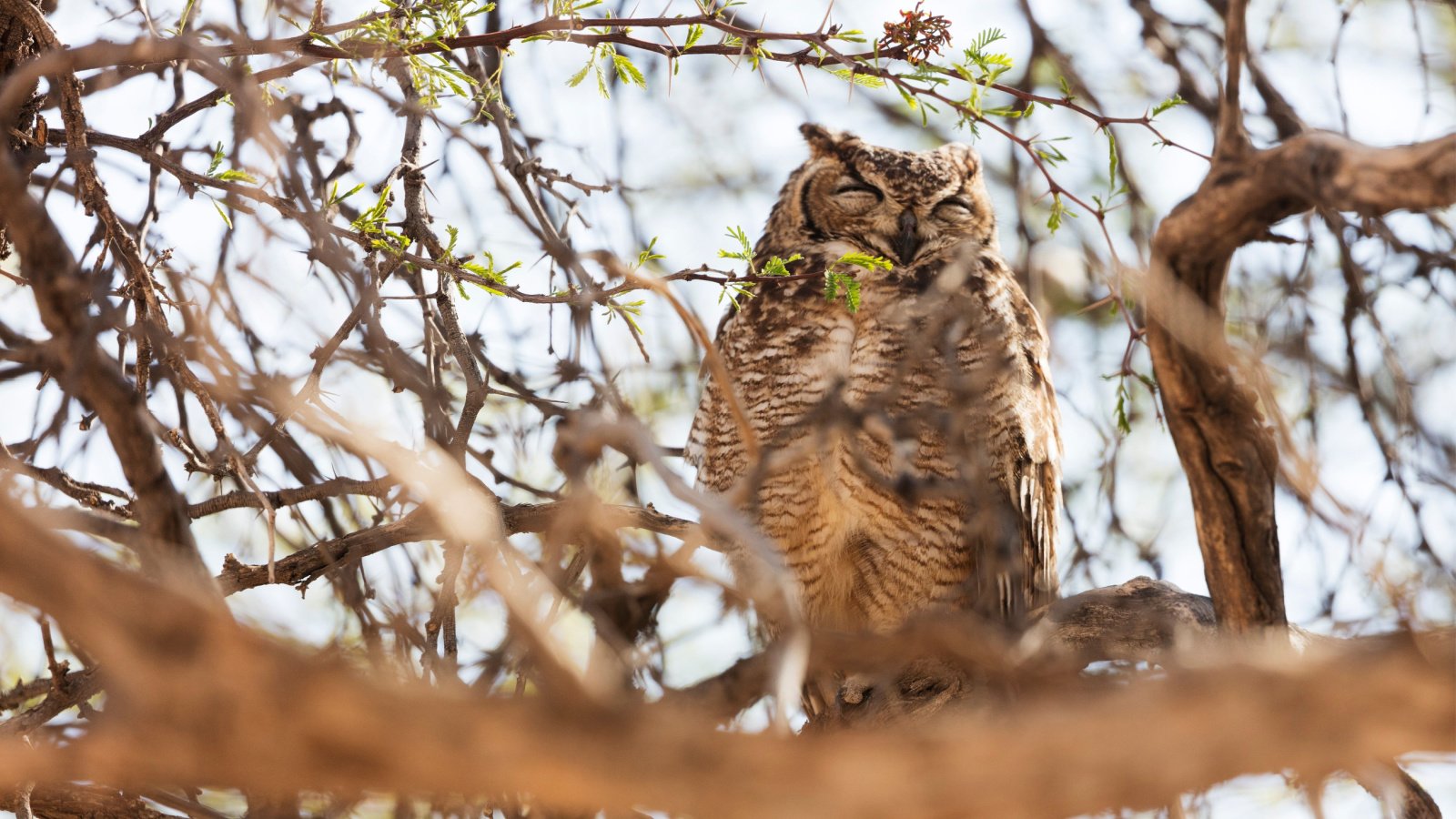
The marsh owl, active during dusk and dawn, preys on insects and small mammals found in the grasslands of Africa. Its silent flight and sudden strikes make it a deadly hunter in its domain. Although small, the marsh owl is an effective predator in controlling rodent populations.
Flap-Necked Chameleon

The flap-necked chameleon, while not dangerous to humans, is a predator in its own right within the insect world. It uses its protruding, sticky tongue to capture insects from a distance. Its ability to blend into its surroundings makes it a stealthy hunter, capable of ambushing prey effectively.



